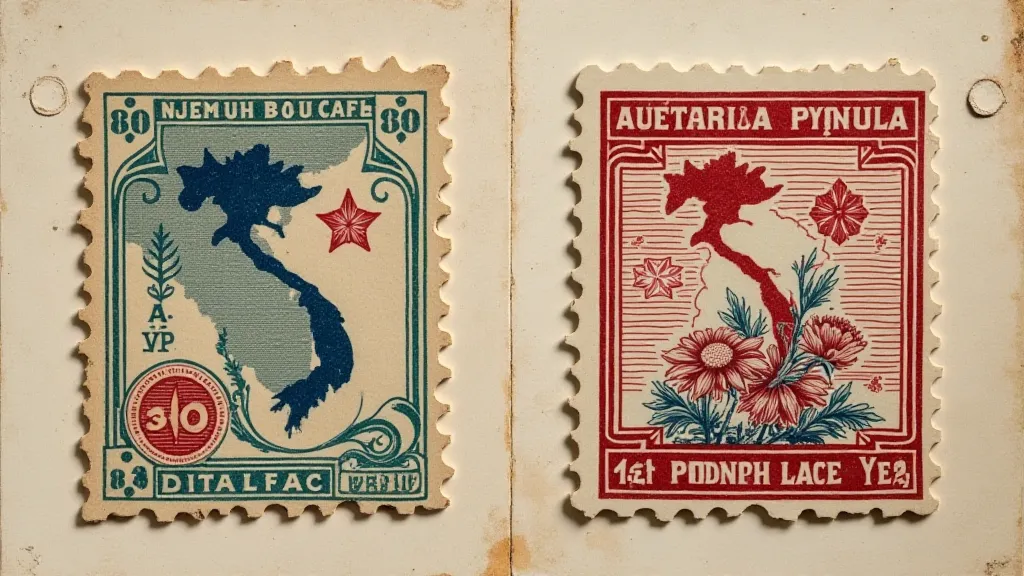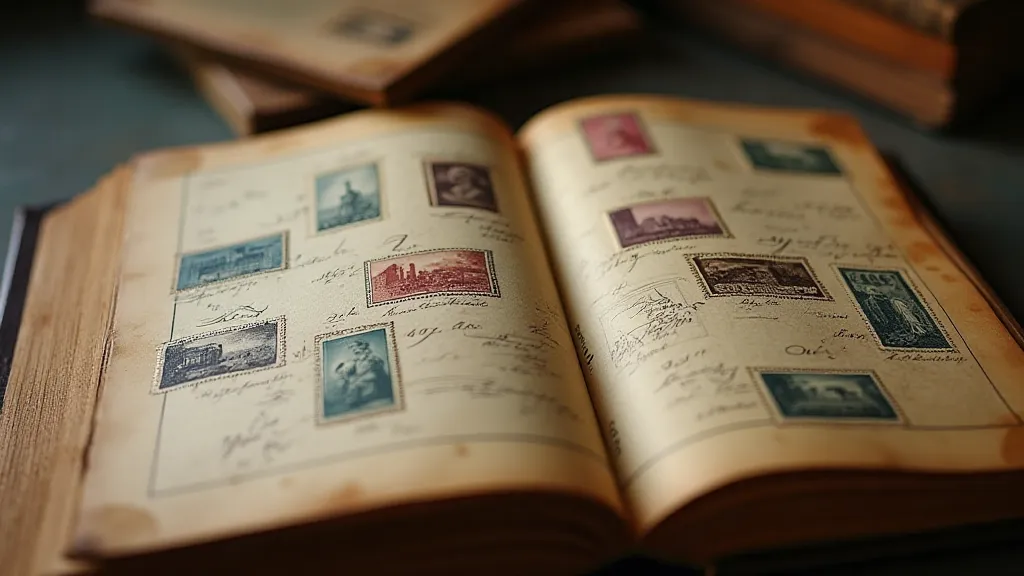The Silhouette of Empire: Analyzing Geographic Claims Through Colonial Stamp Issues
The quiet rustle of a stamp album, the faint scent of aged paper… for the dedicated philatelist, these aren't just sensory details. They're portals to another time, whispers of history held within a tiny, rectangular frame. I remember, as a child, inheriting my grandfather’s stamp collection. He was a quiet man, a former history teacher, and the stamps weren’t just pieces of paper to him; they were tangible links to the rise and fall of empires. He’s gone now, but that collection, and the stories it unlocks, remains a powerful inheritance. What struck me most wasn't the intricate designs or the rarity of some pieces, but the sheer visual weight of the geography they presented – a silent, yet insistent, declaration of dominion.
Today, we’re diving into a fascinating corner of philately: the deliberate use of postage stamps by colonial powers to visually assert territorial claims. While ostensibly serving a practical function – facilitating mail delivery – these small pieces of printed paper were, in many cases, powerful propaganda tools, meticulously designed to project an image of imperial dominance across vast, geographically dispersed lands. Understanding this requires us to look beyond the beautiful engraving and appreciate the intricate politics embedded within these miniature masterpieces.

The Rise of Colonial Postage and Propaganda
Prior to the introduction of postage stamps, correspondence across colonial territories was a costly and cumbersome affair. The 1840s witnessed the birth of the modern postage stamp with the introduction of the Penny Black in Britain. This innovation rapidly spread, and the colonial powers quickly recognized its potential beyond mere postal service. Initially, stamps often depicted the ruling monarch, reinforcing the continuity of power even in distant lands. However, as colonial ambition expanded, stamps began to incorporate increasingly detailed maps and geographical representations.
Consider the early issues of British India. Before the 1880s, maps were rudimentary. Then, during the tenure of Lord Curzon, a period known for its intense imperial fervor, stamps began to feature exceptionally detailed renderings of the Indian subcontinent, showcasing the expanding reach of the Raj. These weren’t simply geographical representations; they were meticulously crafted narratives of conquest and control. Think about the emotional impact on a local populace – receiving mail bearing a stamp vividly displaying a map clearly delineating their territory as ‘British India’.
The French colonial empire followed a similar trajectory. French Indochina (present-day Vietnam, Laos, and Cambodia) had stamps depicting stylized maps, often highlighting the Mekong River as a vital artery connecting disparate regions. Even the Belgian Congo, infamous for its brutal colonial practices, used its stamps to convey a sense of order and control over the vast, often hostile, landscape. Each stamp was a silent assertion: "This is ours."
Mapping Claims: A Visual Language of Power
The placement of borders on these stamps was rarely neutral. Frequently, they depicted boundaries far beyond recognized international agreements, suggesting a claim to territories that were still contested or merely asserted. The inclusion of specific landmarks – mountains, rivers, cities – served to further cement the image of dominion. Imagine the subtle message conveyed to indigenous populations through the persistent visual reinforcement of these demarcations. These weren't accidental omissions or errors; they were strategic choices intended to shape perceptions and legitimize colonial rule.
The details often extended to the font used and the language displayed. While stamps intended for local use might feature local languages alongside English or French, stamps intended for wider circulation within the colonizing country often showcased the dominant language, further emphasizing the hierarchy.
Beyond the Obvious: Subtleties and Regional Variations
While the grand narratives are compelling, the nuances within colonial stamp issues are equally fascinating. Each region was different, reflecting the specific dynamics of colonial control. For instance, Spanish colonial stamps often featured the Spanish coat of arms, but the specific designs and depictions varied depending on the territory – showcasing the complexities of managing an empire stretching from the Philippines to Cuba.
Moreover, the evolution of stamp designs over time offers a fascinating visual record of changing colonial policies. As territories were granted increasing autonomy (often nominal), stamp designs might reflect this shift – though often subtly, with symbols of local culture being incorporated alongside traditional imperial motifs.

The Collector's Perspective: Identifying and Valuing Territorial Claims
For the philatelist, collecting stamps illustrating colonial territorial claims is more than just a hobby; it’s an exercise in historical investigation. Identifying these claims requires a detailed understanding of colonial history, cartography, and the political landscape of the time. Variations in printing, paper stock, and perforation patterns can all provide clues to the stamp's origin and significance.
Value, of course, is determined by rarity, condition, and historical importance. Stamps depicting disputed territories or those issued during periods of significant political upheaval often command higher prices. However, the true value lies not just in the monetary worth, but in the story the stamp tells—a miniature window into a complex and often brutal chapter of human history. The care required in preservation mirrors the importance of safeguarding these delicate historical artifacts. Proper storage, away from direct sunlight and humidity, is essential to maintaining their integrity for future generations.
The Enduring Legacy
The colonial era may be over, but its legacy continues to resonate, and that legacy is subtly, yet powerfully, documented within the quiet corners of stamp albums. These small pieces of paper serve as tangible reminders of the power dynamics that shaped our world, the ambitions of empires, and the enduring human desire to define and control territory. My grandfather’s collection, and the stories it held, taught me more about the complexities of history than any textbook ever could. It reminded me that even the smallest objects can hold the weight of empires. It instilled in me an appreciation not just for the craftsmanship of these miniature works of art, but for the profound historical narratives they silently convey—a silent silhouette of empire, preserved forever on paper.






